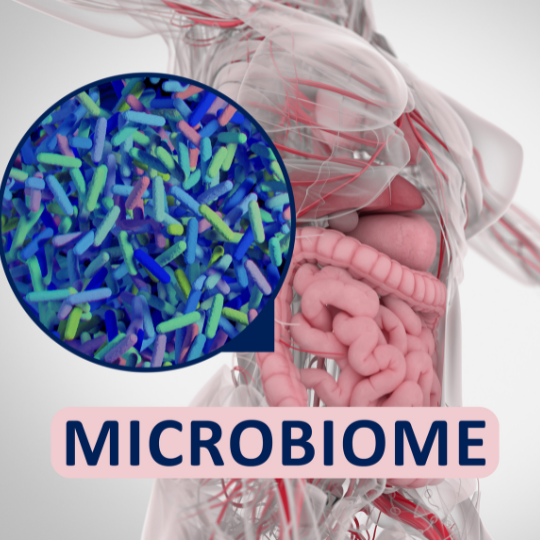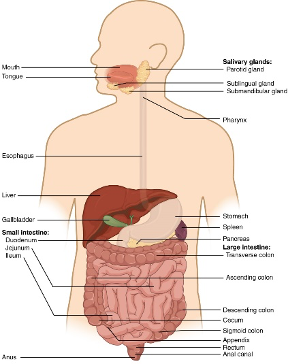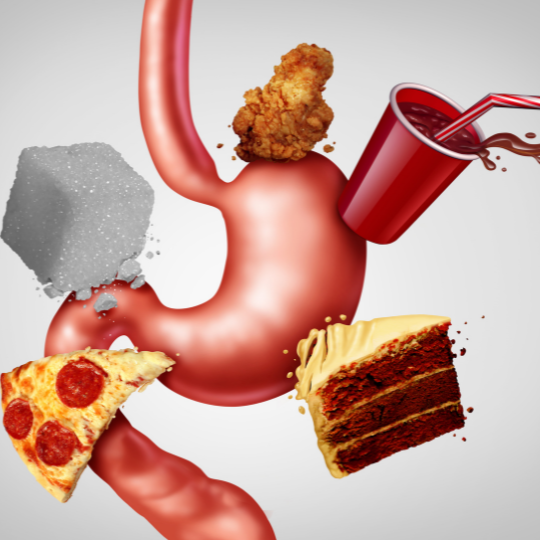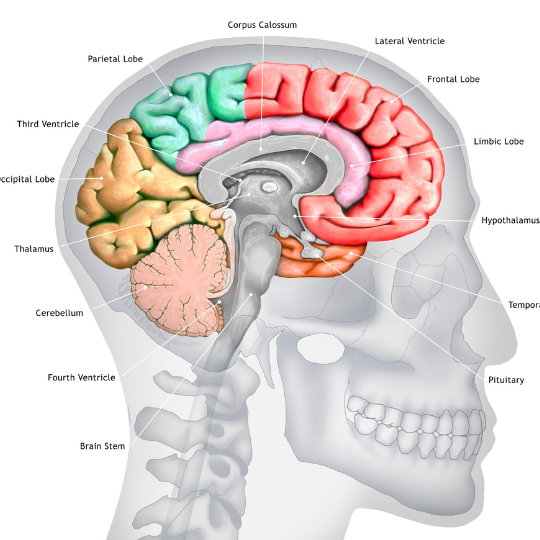According to the Merriam-Webster dictionary, ketosis is an abnormal increase in ketones in the body. Not very enlightening, is it? Well, let’s make this even more complicated, shall we?
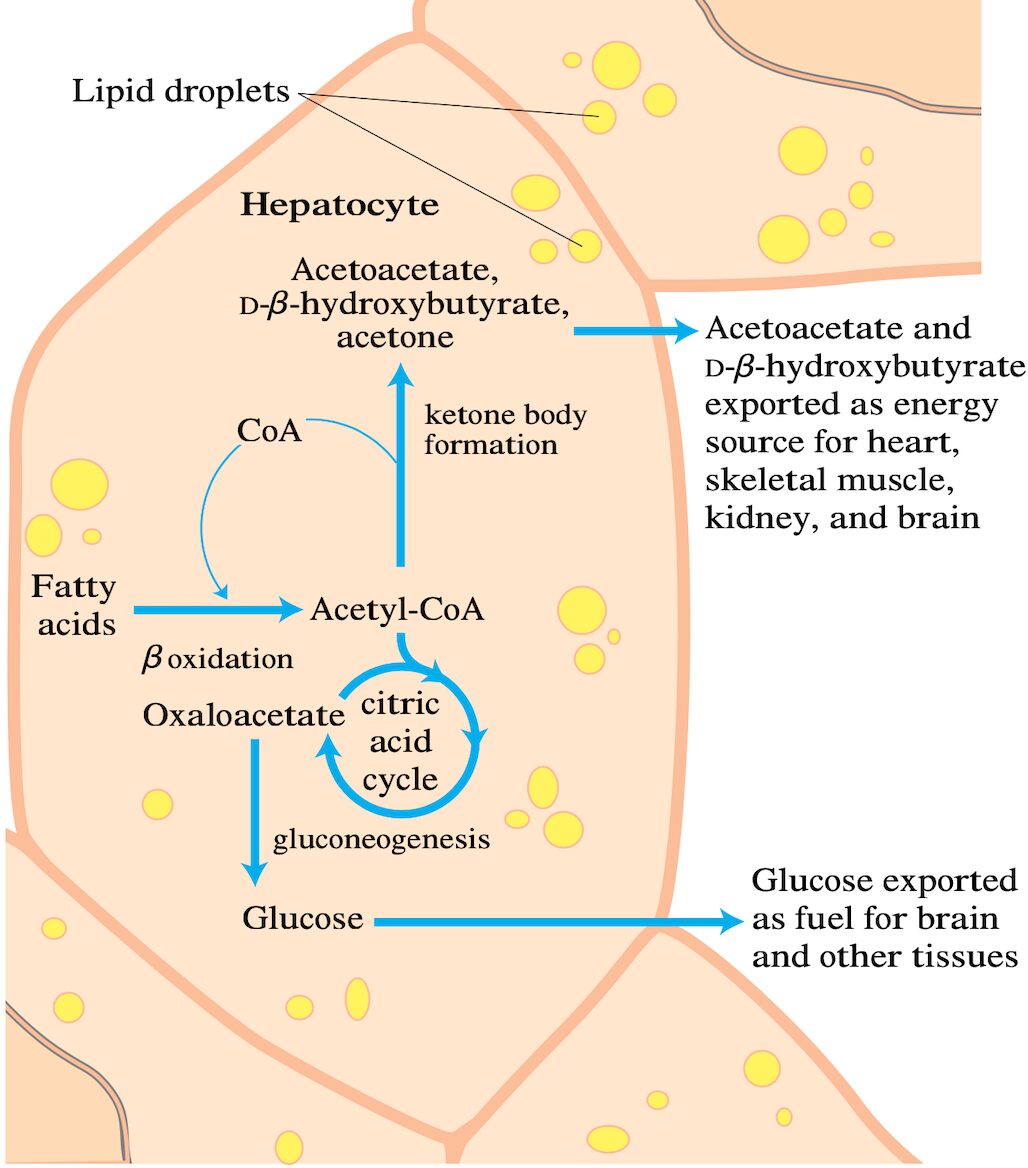
Ketosis Mechanism
In conditions of starvation or low carbohydrate intake, oxaloacetate is drawn off from the Citric Acid Cycle to form glucose, via a process called gluconeogenesis, or the synthesis of new glucose. This in turn slows the Citric Acid Cycle, and therefore diverts a breakdown substance of carbohydrate and fats catabolism, called acetyl-CoA, toward ketones formation. Phew, that was a mouthful.
There are 3 ketone bodies present in the human body, which are formed sequentially:
- First, acetoacetate is formed by condensation of two molecules of acetyl-CoA.
- Second, acetone is formed in very small quantities in healthy people from acetoacetate. Acetone is toxic and is of particular concern in people suffering from diabetes, who produce acetone in higher quantities than normal. Acetone is volatile and is exhaled as a consequence; it is what gives the characteristic breath odor of people suffering from diabetes.
- Finally, D-beta-hydroxybutyrate, is also formed as an alternative pathway from acetoacetate.
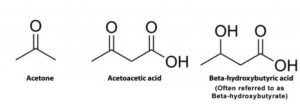
Ketones metabolism
While acetone is exhaled, the other two ketone bodies are transported by the blood to extrahepatic tissues (brain, heart, kidney, muscles etc), where they are converted back to acetyl-CoA and oxidized in the Citric Acid Cycle. This provides the required energy for those specific tissues in the form of ATP.
Nutritional ketosis is of particular importance in weight management and can even lead to reversal of a range of unfavourable health conditions collectively known as metabolic syndrome.
So essentially, ketone bodies formation allows for continuous oxidation of fatty acids and is a healthy energy production adaptation, which is ramped up when carbohydrates are not consumed in excess. And while it is ideal to accustom your body to be able to utilise both carbohydrates and fats in generating required energy, overdoing ketosis can lead to serious problems.
Accumulation of ketone bodies beyond the cells’ capacity to oxidise them, lowers blood pH, causing acidosis. Levels of ketone bodies are ideally monitored to avoid the dangers of ketoacidosis (combined acidosis with ketosis). One well documented condition that should definitely be avoided is alcoholic ketoacidosis, which despite infrequent is often lethal.
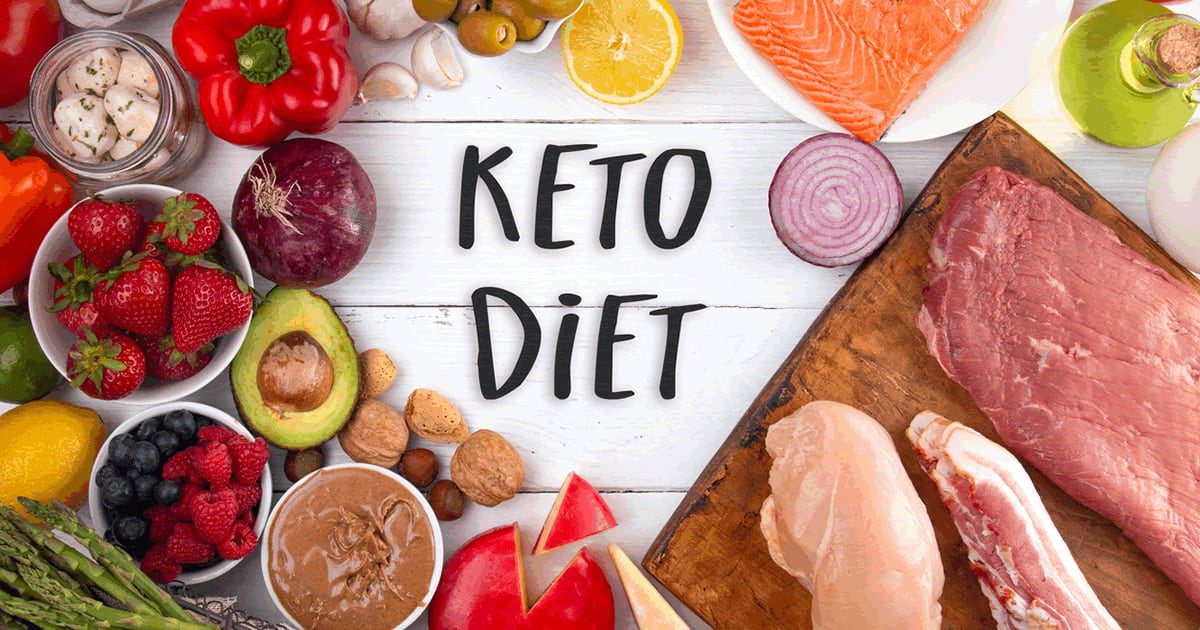
Give Keto a try though
Fortunately, unless there is a medical condition predisposing to ketoacidosis, such as diabetes, it takes quite some determination to reach that dangerous state. So, focus on reducing your sugar intake just enough to train your body to use fats as an energy source as well, via production of ketone bodies, a.k.a. the keto diet. You can start by trying out our low carb smoothies, Waterworld and the Masochist.
